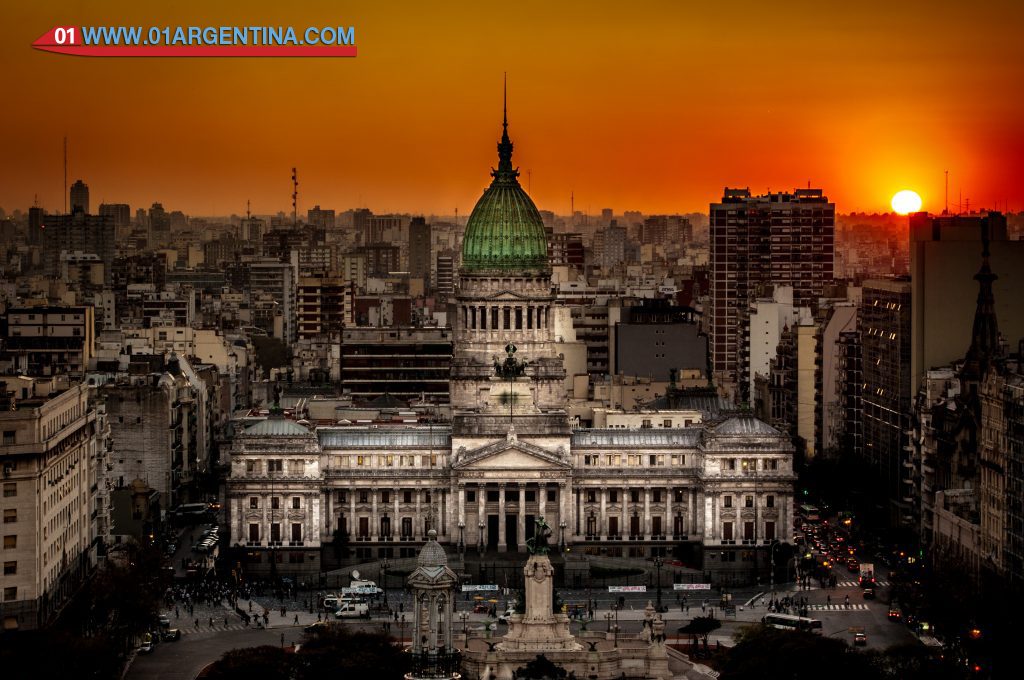
In the nineteenth century the port of the city of Buenos Aires was the point of arrival of the great immigration current promoted by the Argentine State to populate the nation. Spanish, Italians, Syrian-Lebanese, Poles and Russians gave Buenos Aires the cultural eclecticism that distinguishes it.
See our full & half day tours in Buenos Aires at the best price.
The city of Buenos Aires offers all alternatives for all ages.
Throughout the twentieth century, successive internal migrations (from Latin American countries and the East) ended up shaping Buenos Aires as a cosmopolitan city in which people of diverse cultures and religions coexist.
The General Paz bypass, which borders the city from north to west, completes the city limits. This avenue connects quickly the capital with Greater Buenos Aires, a strip of high concentration of inhabitants and strong activity.
There are samples of art of all kinds, such as plastic, painting, photography, sculpture, digital art and installations. Concerts, festivals, theater, cinema, meetings in cafés, milongas and tango houses.
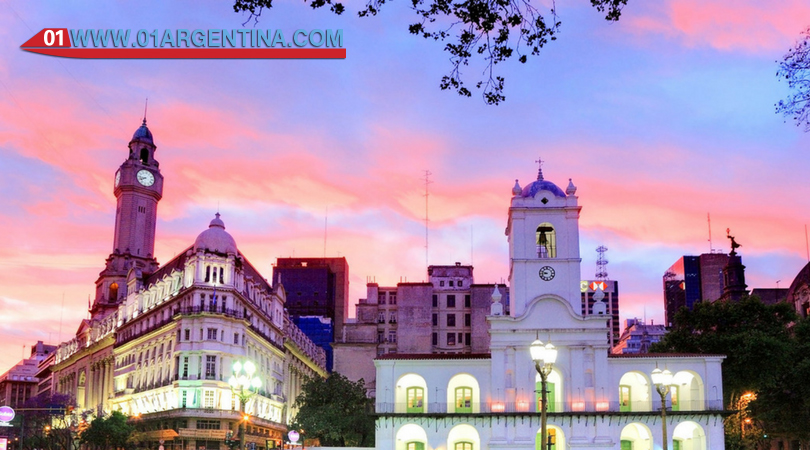
The Teatro Colón and small experimental theaters, old bookstores and new cultural centers, more than a hundred museums, parks, craft fairs and modern shopping centers.
Buenos Aires night is one of the biggest attractions since it has a nightlife that can hardly be lived in another city in the world.
Bars, Pubs, nightclubs and parties that last all night 7 days a week.
Argentina is the most visited country in all of South America and, in turn, Buenos Aires is the preferred destination for foreigners with around 4 million visits per year.
The city of Buenos Aires is a populous city and is among the 20 preferred destinations in the world.
The most important tourist places of the city of Buenos Aires are located in its historical center, a sector formed practically by the neighborhoods of Monserrat and San Telmo.
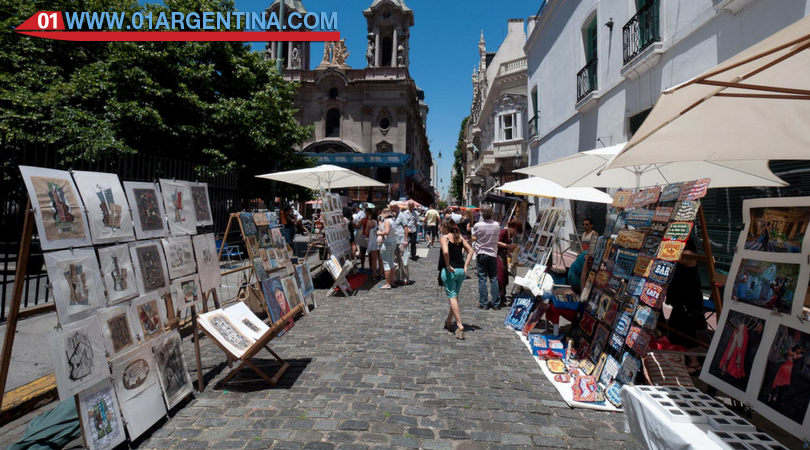
Buenos Aires night is one of the biggest attractions since it has a nightlife that can hardly be lived in another city in the world.
Bars, Pubs, nightclubs and parties that last all night 7 days a week.
Argentina is the most visited country in all of South America and, in turn, Buenos Aires
The city of Buenos Aires began to be built around the Plaza Mayor (now Plaza de Mayo), and the administrative institutions of the Colony were installed in the area.
To the east of the Plaza you can see the Casa Rosada, current headquarters of the Executive Power of Argentina, where the Fort once stood.
To the north of the Plaza is the Metropolitan Cathedral, which occupies the same place since the colony, and the building of the Banco de la Nación Argentina, whose plot was originally owned by Juan de Garay.
Another important colonial institution was the Cabildo, located to the west, which is not preserved in its original form as part of its structure was demolished for the opening of Avenida de Mayo and the diagonal Julio A. Roca. Towards the south the building of the old Congress of the Nation is observed, where at the moment the National Academy of History works. And finally, towards the northwest you can see the Government Headquarters of the City, moving towards Avenida de Mayo.
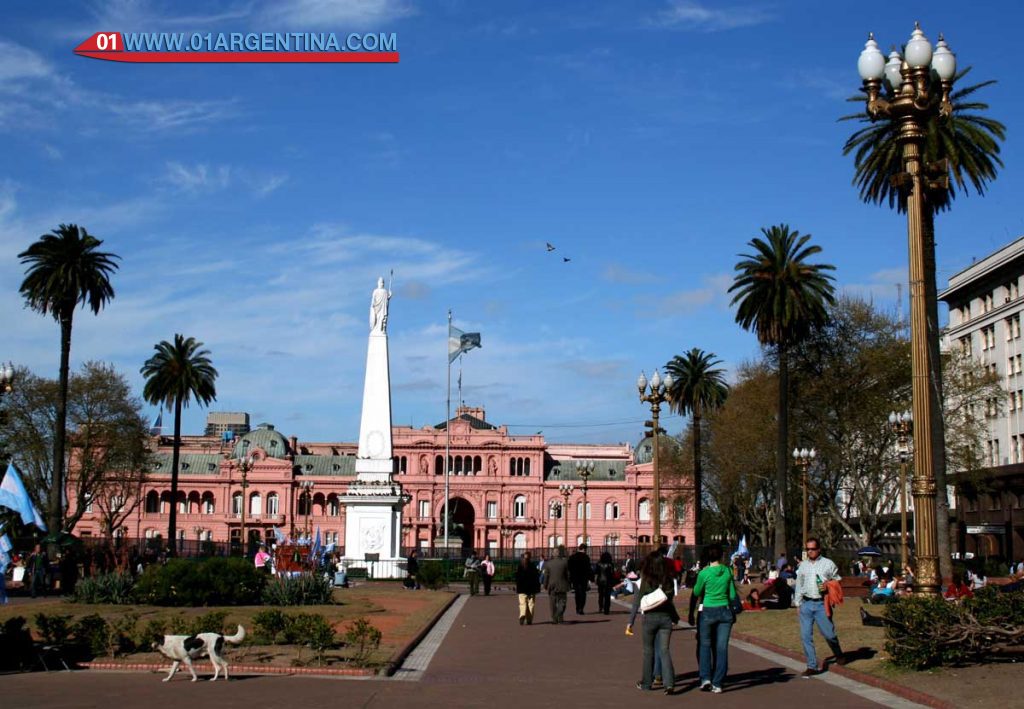
Avenida de Mayo is considered the Civic Axis, since it connects the Casa Rosada with the Palacio del Congreso, headquarters of the Executive Power and the Legislative Power, respectively.
Some buildings of great cultural, architectural and historical interest can be seen along this avenue: the House of Culture, the Barolo Palace and the Tortoni Café, among others, are located.
Under this avenue runs Line A of the subway of the city of Buenos Aires that when inaugurated in 1913 became the first in Latin America.
At the end of the artery you can see a set of squares, decorated with various monuments and sculptures, among which is a signed copy of Rodin’s The Thinker.
In the vicinity of these squares are the Palacio del Congreso and the El Molino confectionery building.
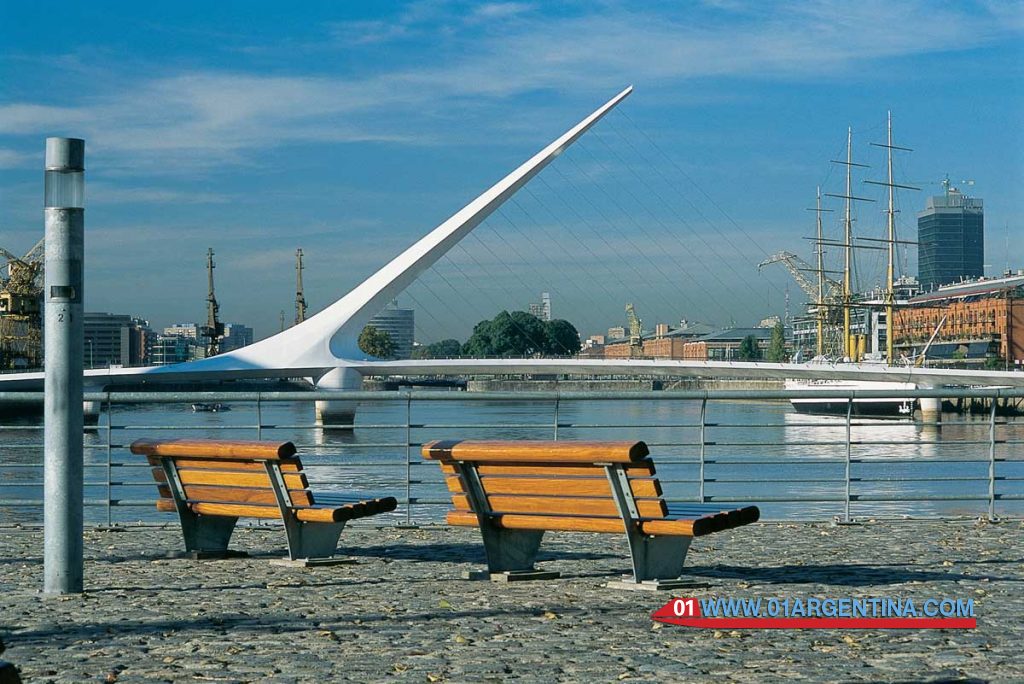
In the Historic Quarter you can also visit the Apple of Lights. There are housed several buildings with great historical value, such as the San Ignacio Church and the headquarters of the National College of Buenos Aires.
In the block you can see the hidden tunnels that ran through the city during the colonial era and you can also visit the building where the Deliberative Council operated from 1894 to 1931.
In the area of San Telmo you can visit Plaza Dorrego, where every Sunday the famous Antiques Fair is installed. Also in its vicinity are several antique shops and a Jesuit complex formed by the church of Our Lady of Bethlem, the Parish of San Pedro Telmo and the Penitentiary Museum «Antonio Ballve».
In the area there are also the National Historical Museum and the Lezama Park, where several sculptures and monuments were housed.
In the neighborhood of Recoleta there are a lot of tourist sites and many that also have a great cultural value.
There you can find the main headquarters of the National Museum of Fine Arts, the National Library, the generic floralis, among others. The climate of Buenos Aires is mild all year round. The average annual temperature is 18 ° C with few days of intense heat and cold, allowing you to walk around the city at any time.



